Table of content
Sausages, a culinary staple across cultures, owe their distinctive shapes, textures, and flavors to an often-overlooked component: the casing. These thin, flexible envelopes hold ground meat, spices, and seasonings together, playing a pivotal role in cooking processes like smoking, grilling, or fermenting. Yet, few consumers pause to consider what these casings are made of—or how their composition influences the final product. This article delves into the materials, manufacturing techniques, and evolving innovations shaping sausage casings, from traditional animal-derived options to cutting-edge synthetic alternatives.
The Historical Roots of Sausage Casings
The practice of encasing seasoned meats dates back thousands of years. Ancient civilizations, including the Sumerians, Greeks, and Romans, used animal intestines, stomachs, or bladders to preserve meat. These natural casings were not only biodegradable but also allowed for controlled fermentation and smoking. Over time, regional preferences emerged: European sausages often favored pork or sheep casings, while Asian cuisines occasionally employed plant-based materials like bamboo or rice paper.
Natural Casings: A Traditional Approach
The most authentic sausages still rely on natural casings derived from animal intestines. Pig, sheep, and cattle intestines are the primary sources, each offering unique properties.
Sources and Processing
- Pork Casings: The most common type, pork casings are prized for their flexibility and uniform thickness. They are typically harvested from the small intestine, cleaned, and stripped of fat using machines or hand-scraping.
- Sheep Casings: Thinner and more delicate, sheep casings are favored for delicate sausages like breakfast links or merguez.
- Beef Casings: Larger and sturdier, beef casings (often from the large intestine or bladder) are used for hearty sausages such as salami or mortadella.
Processing Steps:
- Cleaning: Intestines are flushed with water to remove digestive contents, then soaked in salt or vinegar to eliminate odors and bacteria.
- Sorting: Casings are graded by size, color, and transparency.
- Salting or Freezing: Preserved casings are packed in salt or vacuum-sealed for storage.
Advantages and Limitations
Natural casings are edible, porous (allowing smoke and seasonings to penetrate), and biodegradable. However, they are labor-intensive to produce, vary in diameter, and require careful handling to avoid tears.
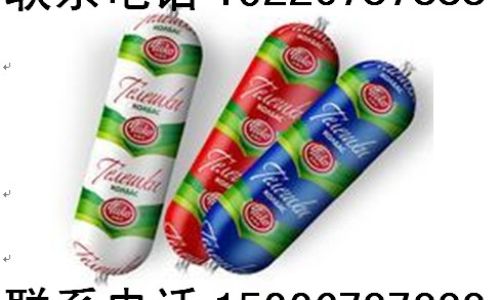
Artificial Casings: Meeting Modern Demand
As global sausage consumption grew, manufacturers sought cheaper, more consistent alternatives. Artificial casings, introduced in the early 20th century, addressed these needs.
Collagen Casings
Derived from animal collagen (typically beef or pork hides, bones, or tendons), collagen casings are engineered through a process involving:
- Extraction: Collagen is isolated from animal byproducts and formed into a viscous solution.
- Extrusion: The solution is forced through dies to create tubular casings of varying diameters.
- Drying and Curing: Casings are dried, then treated with food-safe chemicals to enhance strength and flexibility.
Collagen casings mimic natural casings’ texture and are edible, though some varieties are inedible (used for large-diameter sausages like bologna). They offer uniformity, machine-compatibility, and longer shelf lives.
Cellulose Casings
Made from plant cellulose (often wood pulp or cotton linters), cellulose casings are inedible but ideal for cooked or smoked sausages like hot dogs. Their manufacturing involves:
- Viscose Process: Cellulose is dissolved in a chemical solution, then extruded into tubes.
- Regeneration: The tubes are treated to reform cellulose into a fibrous structure.
- Glycerin Coating: A moisture-retaining layer prevents the casing from drying out during cooking.
Cellulose casings are cost-effective, moisture-resistant, and available in colors or flavors. They are peeled off post-cooking.
Fibrous Casings
A subset of cellulose casings, fibrous casings are reinforced with paper or synthetic fibers for extra durability. They are used for semi-dry sausages like pepperoni or summer sausage.
Plastic Casings
Polyamide or polyethylene casings are inedible and primarily used for vacuum-packed meats. They provide a barrier against oxygen and light but are non-biodegradable.
Innovations in Casing Technology
Recent years have seen a surge in eco-friendly and functional casing alternatives.
Edible Films and Coatings
Researchers are exploring edible casings made from:
- Seaweed Extracts: Alginate-based casings derived from brown algae offer excellent oxygen barriers and can be flavored.
- Starch Blends: Potato or corn starch mixed with plasticizers (e.g., glycerol) creates flexible, biodegradable casings.
- Protein Films: Whey or soy protein casings are being tested for their nutritional and functional properties.
Lab-Grown Casings
Startups are experimenting with cultured animal cells to grow casings without slaughter. These bioengineered casings aim to replicate natural textures while reducing environmental impact.
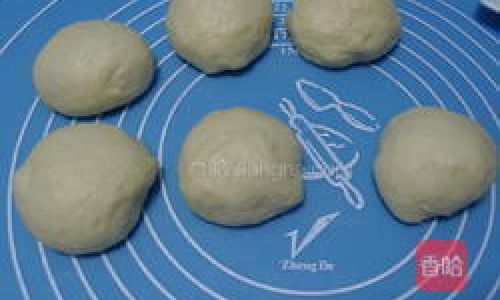
Hybrid Casings
Combining natural and synthetic materials, hybrid casings offer the best of both worlds. For example, collagen-cellulose blends provide edibility and machine-compatibility.
Environmental and Ethical Considerations
The sausage industry faces growing scrutiny over sustainability. Natural casings utilize animal byproducts that might otherwise go to waste, but their production requires significant water and labor. Artificial casings, while resource-efficient, often rely on non-renewable materials or generate plastic waste.
Biodegradable Options: Edible and plant-based casings are gaining traction as eco-conscious alternatives. For instance, companies like Casa (fictional example) are developing casings from mushroom mycelium, which decompose within weeks.
Regulatory and Safety Standards
Casing materials must comply with food safety regulations. In the U.S., the FDA classifies casings as “indirect food additives,” requiring manufacturers to prove they are non-toxic and do not impart harmful substances. Natural casings must be free from pathogens like Salmonella, while synthetic casings undergo rigorous testing for chemical residues.
Cultural and Culinary Impacts
The choice of casing profoundly affects a sausage’s identity. For example:
- Italian ‘Nduja: Spicy, spreadable salami relies on natural pork casings for its rustic texture.
- German Bratwurst: Collagen casings ensure uniformity during large-scale production.
- Vegan Sausages: Plant-based casings (e.g., seaweed or rice paper) cater to dietary preferences.
The Future of Sausage Casings
As consumer demands shift toward sustainability and convenience, casing innovation will accelerate. Expect to see:
- Smart Casings: Edible films embedded with sensors to monitor freshness or temperature.
- 3D-Printed Casings: Customizable shapes and textures for premium products.
- Zero-Waste Systems: Casings made from upcycled food waste (e.g., fruit peels or spent grain).
Conclusion
From ancient intestines to lab-grown materials, sausage casings embody the intersection of tradition and technology. While natural casings remain a cornerstone of artisanal sausage-making, artificial alternatives drive industrial efficiency. As the industry navigates environmental and ethical challenges, the quest for sustainable, functional, and delicious casings continues—ensuring that the humble sausage remains a beloved culinary canvas for generations to come.
Word Count: 2,012
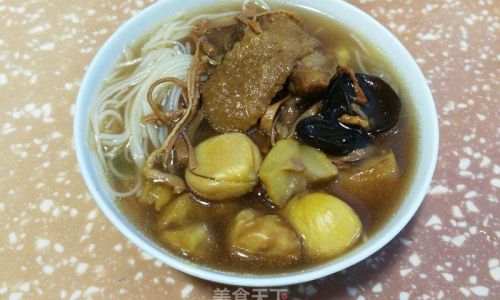
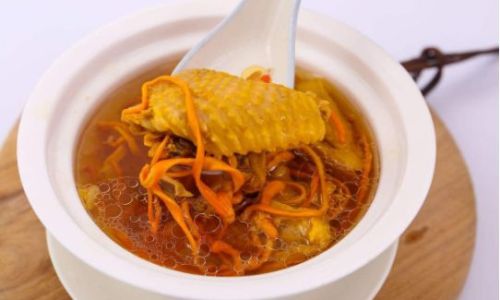
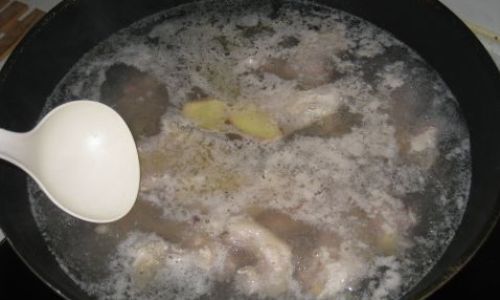

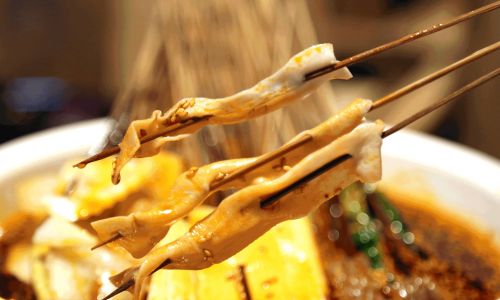
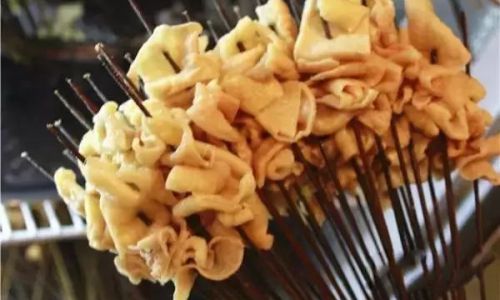
0 comments